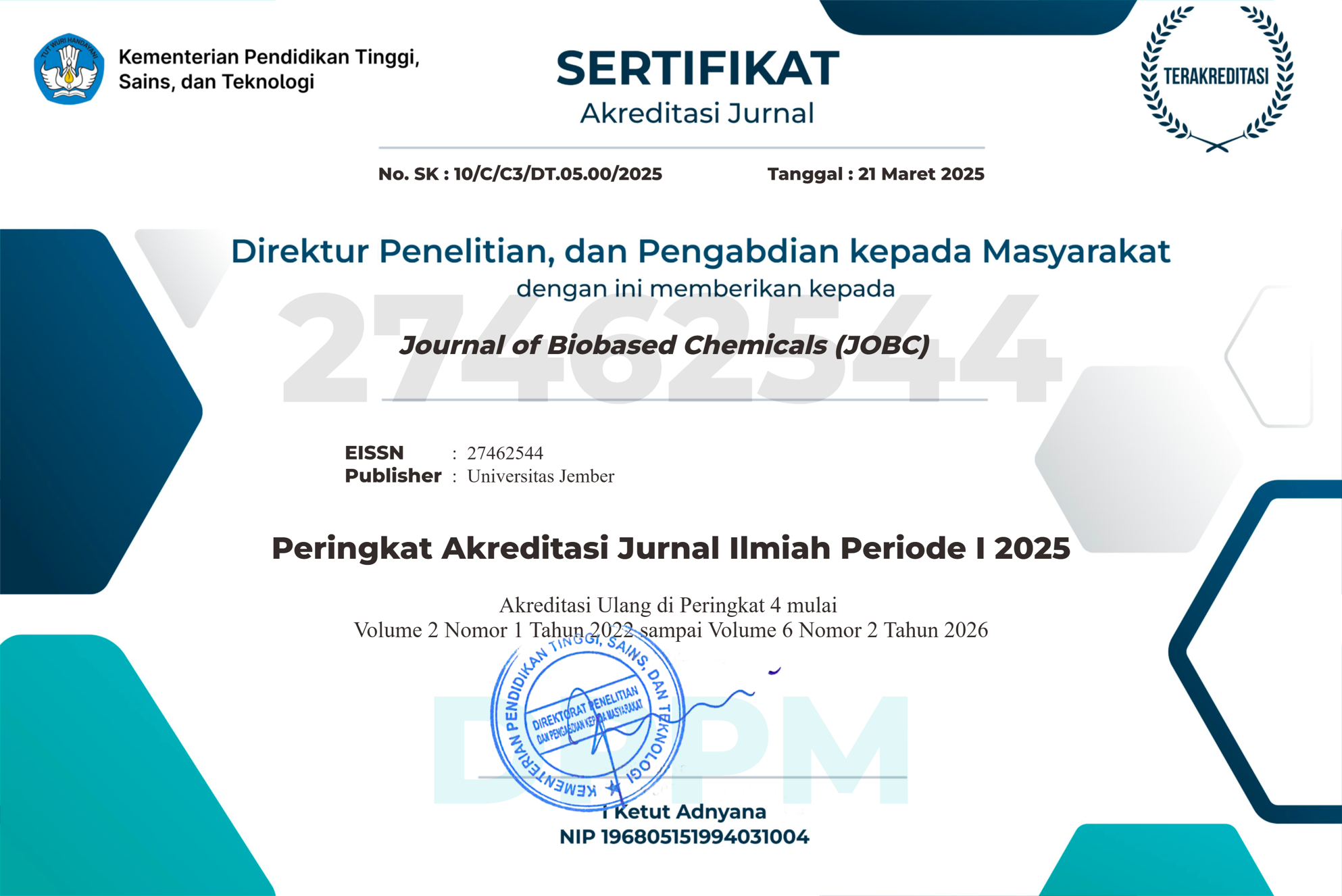Guideline for Reviewer
Manuscript Review Process: Initial Review
- Read the abstract to make sure you are qualified to evaluate the article. If there is a solid reason not to review an item, don't be scared to decline.
- Read the journal's guidelines for reviewers so you are aware of the following: a) The type of manuscript (for example, a review article, technical note, or original research) and the journal's expectations/parameters for that type of manuscript; and b) Other journal requirements that the manuscript must meet (e.g., length, citation style).
- Ensure that the paper's topic falls within the journal's scope and objectives by becoming familiar with them.
- Initially, read the full text to see whether it is worthy of publication. If there are any significant issues, merely briefly note them. For original research papers, the following questions must be answered:
a. The question of interest sound and significant
b. The design and/or method used adequate or fatally flawed
c. The results substantial enough to consider publishing (or were only two or so variables presented or results so flawed that the paper was unpublishable) - Move directly to writing up review if the paper is one of the following: a) Acceptable with only minor comments/questions: solid, engaging, and new; sound methodology used; results were well presented; discussion well formulated with Interpretations based on sound science reasoning, etc.; b) Fatally flawed so you will have to reject it; or c) A mixture somewhere in the range of "revise and resubmit" to "accepted with ma" Although there are some serious issues that would need to be resolved, the paper may still be worthwhile.
Please download a form for the reviewer file here.
Process of Complete Manuscript Review
- The manuscript is easy to follow, meaning that it follows a logical pattern and is clearly organized.
- The writing was clear and straightforward (Any parts that should be reduced)
- Removing, expanding, or adding
- Take note of any significant grammar, punctuation, or spelling issues. (If there are only a few instances when the author's words aren't clear or appropriate, add a note to point out those instances to them. If there are flaws that appear often, only choose one or two examples, if necessary do not attempt to modify the entire document).
- Abbreviations: Used sparingly and written so that the reader won't have trouble recalling what they stand for.
- Adheres to the journal's style, structure, and other rules.
- When citing outside sources for factual information, citations are made.







